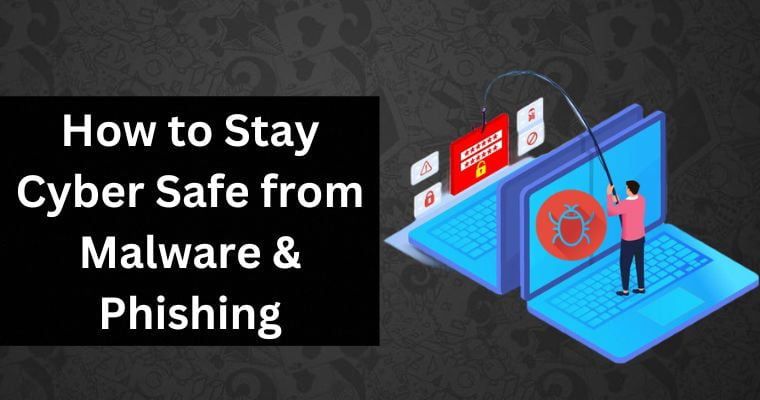Data has evolved into a highly sought-after commodity in modern times. But for businesses specifically using Microsoft’s premiere collaboration and productivity suite, the emphasis on data security is second to none.
Office 365 is a stand-out cloud-based service developed by Microsoft. Millions of businesses use Office 365 to streamline day-to-day operations, enhance collaboration efforts, and improve productivity levels.
However, Office 365 handles a ton of data. The suite has powerful applications such as SharePoint Online, Exchange Online, OneDrive, Outlook, Microsoft Teams, and more.
These applications store data and ensure its availability to anyone from your organization. Therefore, improving Office 365 security will ensure your data is always protected.
But despite your best efforts, data breaches are surprisingly common, with reports suggesting 2023 will surpass all data breach records. Fortunately, Microsoft doesn’t sit idly and even recommends several steps and strategies to safeguard your most important data.
That’s the subject of today’s article, as we will discuss the seven Office 365 security strategies to help organizations ensure data continuity and availability. Let’s begin.
Table of Contents
7 Office 365 Security Strategies
Multi-Factor Authentication (MFA)
The first strategy to strengthen security is to abandon legacy authentication and use multi-factor authentication, MFA for short. MFA is a must-have security feature for one simple reason.
Namely, implementing multi-factor authentication protects from both internal and external threats by preventing unauthorized logins to your suite.
But implementing MFA goes beyond traditional password protection. The feature requires users to provide additional authentication, usually, a code sent through an app to their mobile device, ensuring that even if a password is compromised, unauthorized access is thwarted.
Why Multi-Factor Authentication Matters: MFA adds an extra layer of security, greatly reducing the risk of unauthorized access. It’s an effective deterrent against cyberattacks like phishing and brute-force attempts.
Data Encryption
Encryption revolutionized the cybersecurity landscape by ” encrypting” your data, essentially making it non-readable and viewable to everyone but you (the person holding the decryption key).
With data encryption in Office 365, users get access to several technologies applied to email messages and all kinds of data.
Since data encryption ensures information remains unreadable to anyone but the person holding the decryption key, it adds another layer of security on top of your existing security measures.
Fortunately, Office 365 offers robust encryption for data at rest and during transit, safeguarding it from interception and unauthorized access.
Why Data Encryption Matters: Encryption provides end-to-end protection for your data, preventing potential exposure due to data breaches or interception during transmission.
Regular Software Updates
Another data protection strategy to implement in Office 365 is to have administrators enforce regular software updates for user accounts.
Cybersecurity experts understand that hackers will generally look for software vulnerabilities and exploit them to compromise business data.
Because of that, frequent software updates are crucial for staying ahead of emerging security threats.
Office 365 continually releases patches and updates that address vulnerabilities and enhance system security. Make it a top priority to update the Office apps whenever Microsoft releases a new patch.
Why Regular Updates Matter: Keeping your software up-to-date helps plug potential security loopholes and ensures you’re benefiting from the latest security enhancements.
User Training and Awareness
While most of the strategies so far are directly related to native Office 365 features, this one goes beyond the suite and can be implemented on a wide scale to protect your entire digital infrastructure.
Despite your best efforts to protect data and enforce data retention, we must acknowledge that most of your employees have little to no knowledge regarding the wider cyber threat landscape.
With user training and awareness, you’re making sure employees understand the role of all the security features on this list and how a potential data breach impacts your organization.
Suffice it to say, user training and awareness empower your employees with knowledge about common security threats and ways to stop them.
So, conduct regular training sessions to educate them about phishing attacks, social engineering, and best practices for maintaining a secure digital workspace.
Why User Training and Awareness Matters: Well-informed users are the first line of defense against various cyber threats. Training helps them recognize and respond effectively to potential risks.
Role-Based Access Control (RBAC)
Role-Based Access Control (RBAC) equips organizations with the means to limit access and control the use of company data. Simply put, RBAC allows administrators to set specific permissions regarding using specific data and applications.
For example, if a specific user doesn’t have the necessary permissions to access a particular file, they cannot. Only those with granted access can do so.
So, implementing RBAC to manage user access based on their organizational roles by assigning specific permissions. That way, you limit data access to authorized individuals, reducing the risk of unauthorized data exposure.
Why Role-Based Access Control Matters: RBAC ensures that users only have access to the information necessary for their roles, minimizing the potential impact of insider threats and unauthorized data sharing.
Data Loss Prevention (DLP)
Data Loss Prevention, or DLP for short, is another revolutionary feature within the Microsoft Office 365 suite. Microsoft allows companies to set DLP policies that help identify and prevent the sharing of sensitive information.
You can define policies to detect and restrict the transmission of confidential data, such as credit card numbers or proprietary documents, health records, and so on.
Why Data Loss Prevention Matters: DLP safeguards your sensitive data from accidental or intentional leaks, enhancing compliance efforts and maintaining data confidentiality.
Incident Response Plan
Having an incident response plan is the last Office 365 protection strategy we have on our list. An incident response plan is a comprehensive data protection guide detailing the steps necessary to stop data breaches and prevent data leakage.
Developing an incident response plan is a must-have in the modern age, as it acts as your go-to guide whenever your organization is facing any kind of cyber threat, whether internal or external.
Why an Incident Response Plan Matters: In the event of a breach, a structured response plan helps contain the situation, mitigate the impact, and facilitate a faster recovery process.
Wrapping Up
Those are the seven Office 365 protection strategies to help safeguard data, ensuring its availability and integrity at all times.
From MFA to having an incident response plan, these strategies are considered essential in the modern age as the rate of cyber threats grows by the day.
So, don’t sit idly and transform your cybersecurity cloud efforts by implementing these seven strategies for Office 365.



